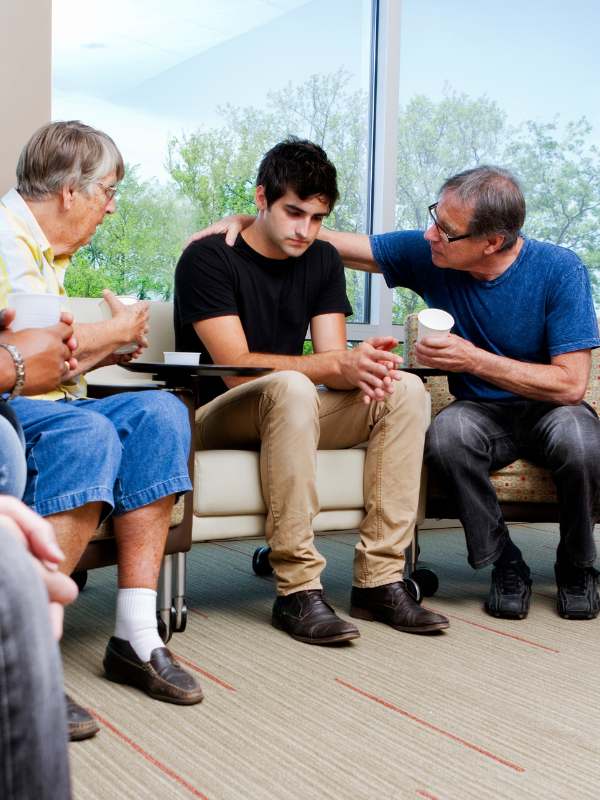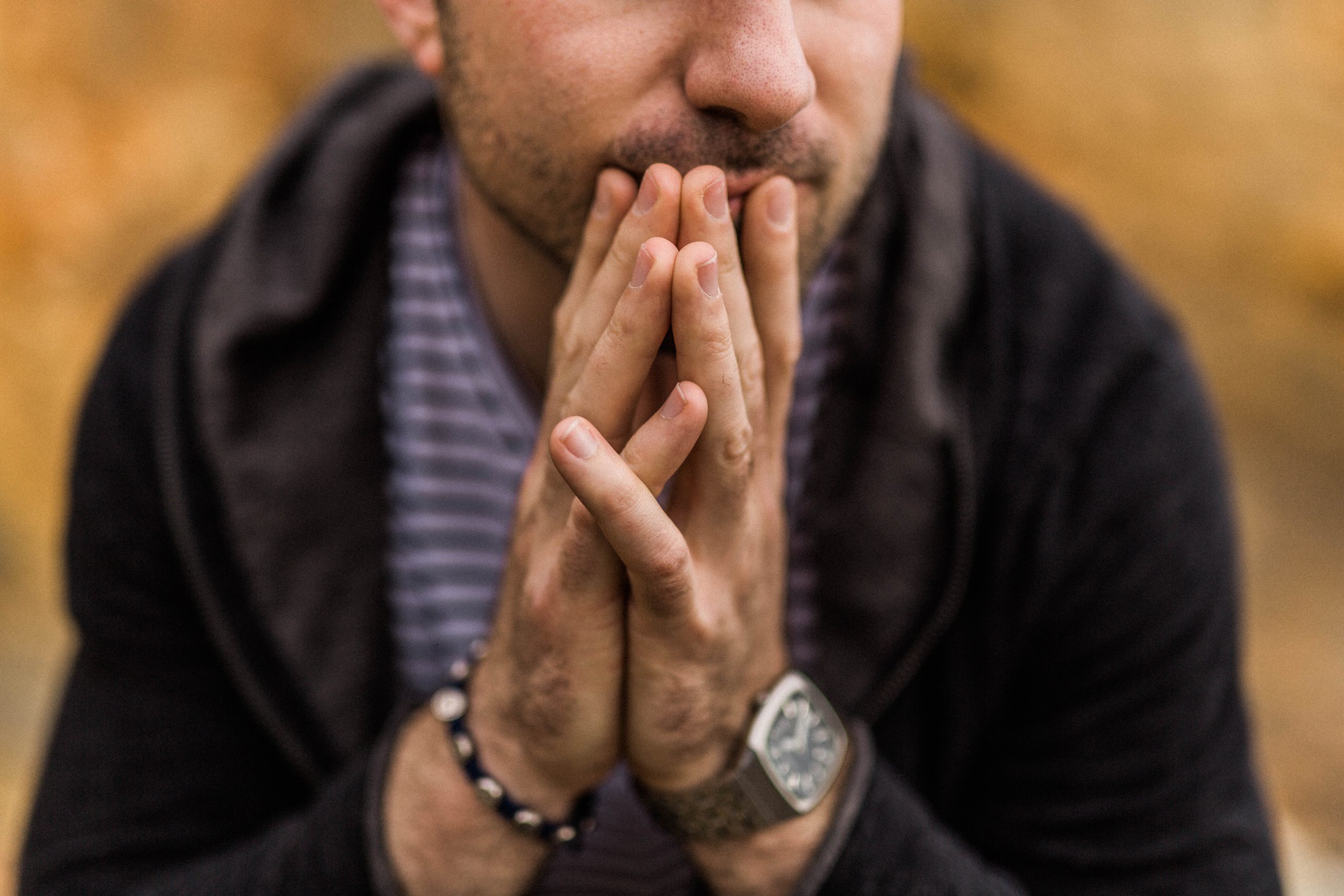The Sylvia Brafman Mental Health Center offers treatment for numerous mental health disorders, including hoarding disorder treatment. We offer compassionate and effective support tailored to each individual. Our trained professionals can help you to identify signs of hoarding disorder. We’ll work with you to determine the best course of therapy for hoarding disorder to reclaim your home and life today.

Hoarding Disorder Treatment Facility in Fort Lauderdale, Florida
What Is Hoarding Disorder?
Obsessive-Compulsive Disorder (OCD) is a mental health condition characterized by persistent intrusive, obsessive thoughts and compulsive behaviors. Compulsive behaviors are repetitive actions you feel driven to perform in response to anxiety. These might include excessive cleaning or compulsive checking to alleviate distress or prevent feared outcomes. Obsessive thoughts are unwanted thoughts, images, or urges that cause intense fear.
Hoarding disorder is a mental health condition where individuals have difficulty discarding possessions due to perceived emotional attachment to objects. This disorder can be extremely disruptive to the individual suffering from it, as well as to their loved ones or others sharing a home. While the causes are unknown, there are multiple factors that may contribute to the condition.
Hoarding disorder can be closely linked to Obsessive-Compulsive Disorder (OCD) as well as other anxiety disorders. Hoarding disorder symptoms include excessive clutter, compulsive hoarding behavior, or fear of throwing things away. There are five hoarding disorder levels ranging from minimal clutter to extreme clutter. While there is no cure for hoarding disorder, there are multiple promising avenues for treatment.
Do you think you or a loved one is in need of help with hoarding disorder? Contact us today.

Do Mental Health Centers Provide Treatment for Hoarding Disorder?
Yes, mental health centers offer hoarding disorder treatment, along with many other mental health diagnoses. While there is no cure for hoarding disorder, treatment with a mental health facility, such as Sylvia Brafman, can help to manage symptoms and improve your lifestyle.
Treatments for hoarding disorder can take many forms. Sylvia Brafman offers a number of therapies to support you, including Cognitive Behavioral Therapy (CBT), Exposure and Response Prevention therapy (ERP), and motivational interviewing. CBT is found to be extremely effective with 70-80% of people seeing improvement within 12 months.
We are here to help. Contact us to discuss the best treatment option for you for hoarding disorder.
Types of Hoarding Disorder Treatment Programs
The type of hoarding and mental health treatment program that is right for you will depend on a number of factors, including the severity/level of hoarding and your mental state. It is important to understand the treatment options available to you to determine what will best fit your needs.
The following are a sample of programs available in treating hoarding disorder. Please note this is not a full list. To determine the most suitable treatment program for you or a loved one’s needs, contact The Sylvia Brafman Mental Health Center today.

At The Sylvia Brafman Mental Health Center in sunny Fort Lauderdale, Florida, our compassionate team is eager to help you with specialized treatment for OCD hoarding disorder. We have a broad spectrum of treatment programs including IOP and PHP. Don’t hesitate any longer, connect with us today! You can both contact us directly or fill out the form below for a prompt callback.
"*" indicates required fields
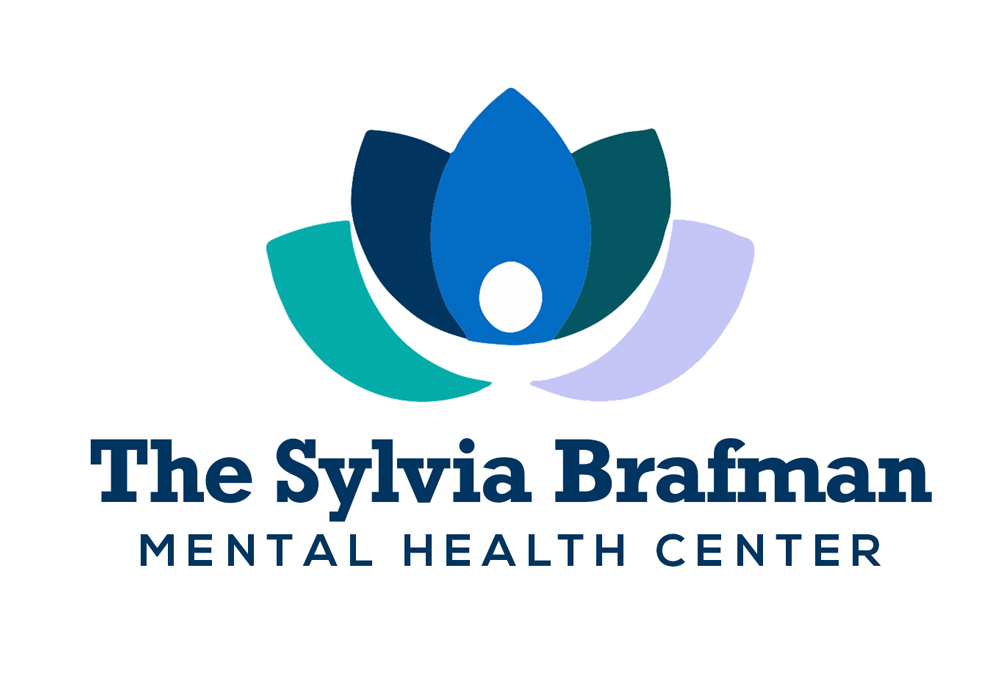
Types of Counseling and Therapy for Hoarding Disorder
Several comprehensive treatments are commonly used to treat hoarding disorder. The overall aim of treatment is to help you manage your relationship with possessions, improve decision-making, and reduce clutter to improve your quality of life. Here are some of the most effective therapies for hoarding:

Does Insurance Cover Hoarding Disorder Treatment Programs?
Many insurance plans offer some level of coverage for hoarding disorder treatment, especially since hoarding disorder can frequently be interconnected to other anxiety disorders. Insurance coverage varies depending on the provider, plan type, and the kind of treatment you are seeking. Depending on how the diagnosis is classified, it is likely some level of health insurance coverage will be available.
When determining what kind of care is best for you, it is vital to understand the specifics of your insurance plan. Check your insurance details with one of our patient advocates today for help understanding your options.
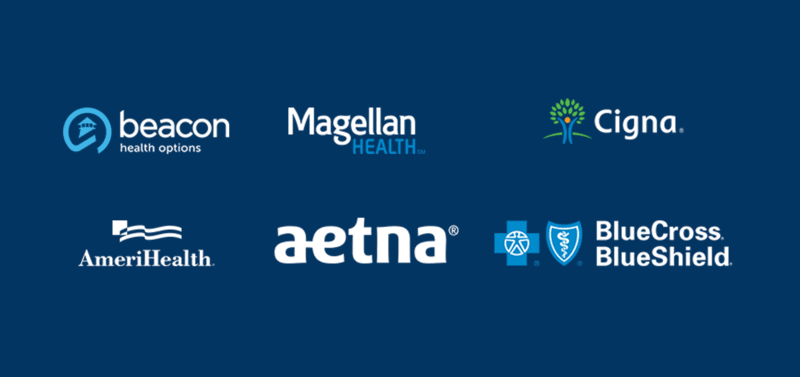
How to Find Intrusive Thoughts Treatment Facilities in Florida
The Sylvia Brafman Mental Health Center at 7710 NW 71ST CT, Tamarac, Florida, 33321, is an accredited OCD intrusive thoughts treatment center. We’re known for our exceptional support and commitment to evidence-based, family-centered programs that address mental compulsions at their root. Contact us to learn more and forge your path to recovery today.
As part of our commitment to adult mental health care in the Sunshine State and beyond, we’ve compiled a step-by-step guide on how to find treatment for intrusive thoughts.
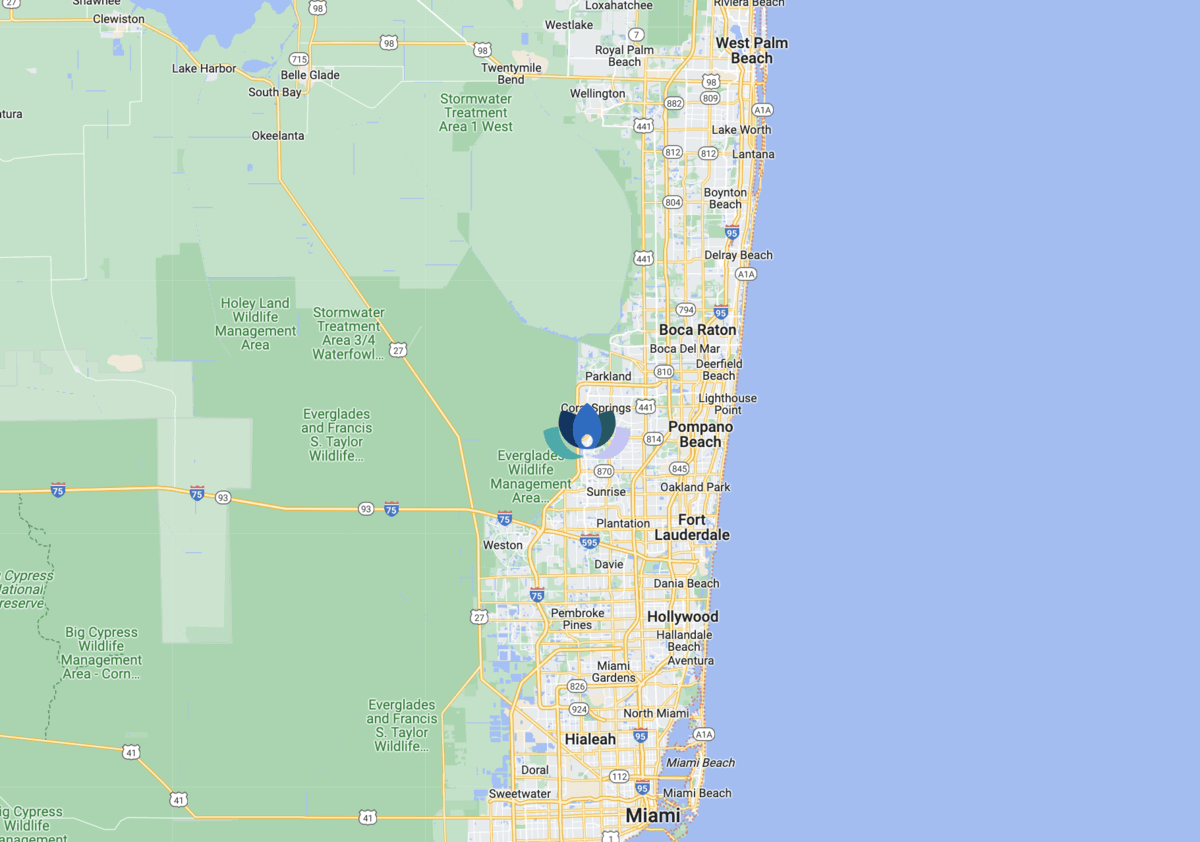
What is the Hoarding Treatment Admissions Process?
The Sylvia Brafman admissions process for hoarding disorder treatment is built to put you at ease and provide an environment where you are supported through your treatment plan. Processes can vary depending on location, but in general, you can expect some variation of the following:
- Contact: The first step of beginning treatment for hoarding disorder is initial contact with the facility. Whether by phone, email, or our contact page, our intake team is here to provide support as we work with you to determine the best course of action.
- Intake appointment: At the initial appointment, our team will review your health history and conduct a mental health assessment with questions formulated to determine if a hoarding diagnosis is warranted. If it is, we’ll need to determine the level or severity of hoarding in the home.
- Creating Your Treatment Plan: We pride ourselves on our nuanced approach to developing treatment plans and want to find the perfect plan for you. This tailored outline will include the mental health tools that would be the most helpful in your particular case.
- Admissions and Finances: Once a treatment plan is in place, our patient advocates will work with you to make sure all the logistics are covered. We will help to fill out paperwork, discuss finances, assist with insurance, and any other practical things that need to be sorted.
- First days to the program: In the beginning of the treatment process, you will be briefed on the overall structure and goals of the program, introduced to your care team, and shown around the facility, if applicable.
- Active Treatment Phase: This is the period of time where you will be focusing on the details of your treatment plan – receiving counseling, developing skills, and working to control hoarding disorder symptoms.
- Ongoing monitoring and adjustments: As care progresses, our team will observe the effectiveness of treatment, making adjustments to the treatment plan along the way. These observations and adjustments will help to ensure lasting change.
What Happens at a Hoarding Treatment Facility?
Hoarding treatment centers provide a safe, structured environment to address compulsive hoarding behaviors and create lasting change. Some facilities may offer inpatient or residential programs which are ideal for severe, high level hoarding behaviors. Other facilities may only offer outpatient care options for less severe hoarding cases. This level of care will influence the day-to-day during hoarding disorder treatment.
Trained mental health professionals work with clients through therapy sessions, often using Cognitive Behavioral Therapy (CBT). This approach explores the emotional attachment to objects and teaches practical strategies for organization and decision-making. Group therapy is also common, allowing you to connect with others facing similar challenges, which can reduce feelings of isolation and provide encouragement. Facilities may also offer hands-on organizing and decluttering help in a safe, structured manner, teaching you to gradually let go of items and reshape your living space. Family counseling is sometimes included to help loved ones understand compulsive hoarding behavior and learn supportive strategies.
By focusing on behavior modification, emotional support, and practical skills, these facilities aim to empower you to manage your obsessive thoughts and compulsions associated with hoarding disorder. You’ll ultimately be better equipped to create more functional, healthy living environments.
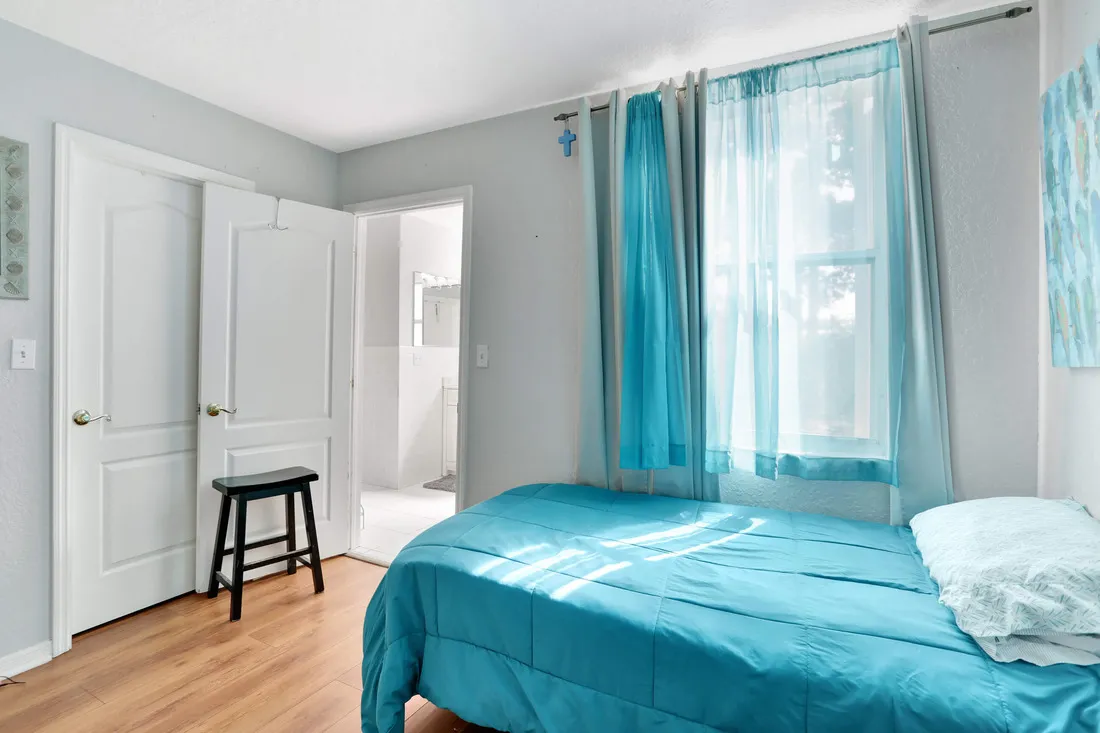
How Much Does Hoarding Disorder Treatment Cost?
The cost of hoarding disorder treatment can vary based on a number of factors. Diagnosis type, insurance coverage, and location of treatment are just a few components of what can dictate the overall cost of therapy. Inpatient therapy is likely to cost more, while outpatient therapy can cost up to $200 a session, depending on the above listed factors.
Most insurance companies will offer some level of insurance coverage for hoarding disorder treatment, particularly since hoarding disorder is frequently related to OCD and anxiety disorders. To get more information about mental health treatment costs and discuss cost considerations further, reach out to us.
